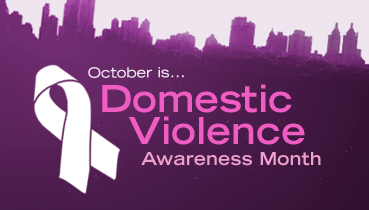Depression and Traumatic Brain Injuries: October 4, 2015
Are you struggling with depression as a result of a traumatic brain injury (TBI)? Do you feel as if you are emotionally drowning, as if your existence is meaningless? Or maybe you don’t have a TBI, but also feel saturated with hopelessness. Depression is as real as a broken bone, a slipped disc, a migraine. It is more than feeling blue. Depression is a mood disorder that causes a persistent feeling of sadness and loss of interest. It can impact every day life: work, sleep, relationships.
About fifty percent of those who have sustained a TBI suffer from depression within the first year of injury, and two-thirds are affected within seven years. More than half of all TBI survivors who are depressed also experience significant symptoms of anxiety. In the general population, the rate of depression is much lower, affecting one in ten people.
TBI survivors may suffer from depression as a result of changes in the level of chemicals in the brain, and injury to the area of the brain that regulates emotions. Depression also stems from an emotional response to the struggles of adjusting to life after a TBI. Some people have a family history of depression, placing them at greater risk.
On October 4, I joined Donna O’Donnell Figurski, the host of “Another Fork in the Road,” and Juliet Madsen, a TBI survivor, on the Brain Injury Radio Network for a discussion about TBIs and depression. If you missed the show, here’s your chance to listen to the archived version.
*If you, or someone you know is having suicidal thoughts, here are a few resources.
If you are suffering from depression, please know: You are not alone.
* The information provided in this post is intended as a suggestion, and not my endorsement of any or all of the resources listed. Nor am I providing medical or professional advice of any kind.
Read More





Recent Comments